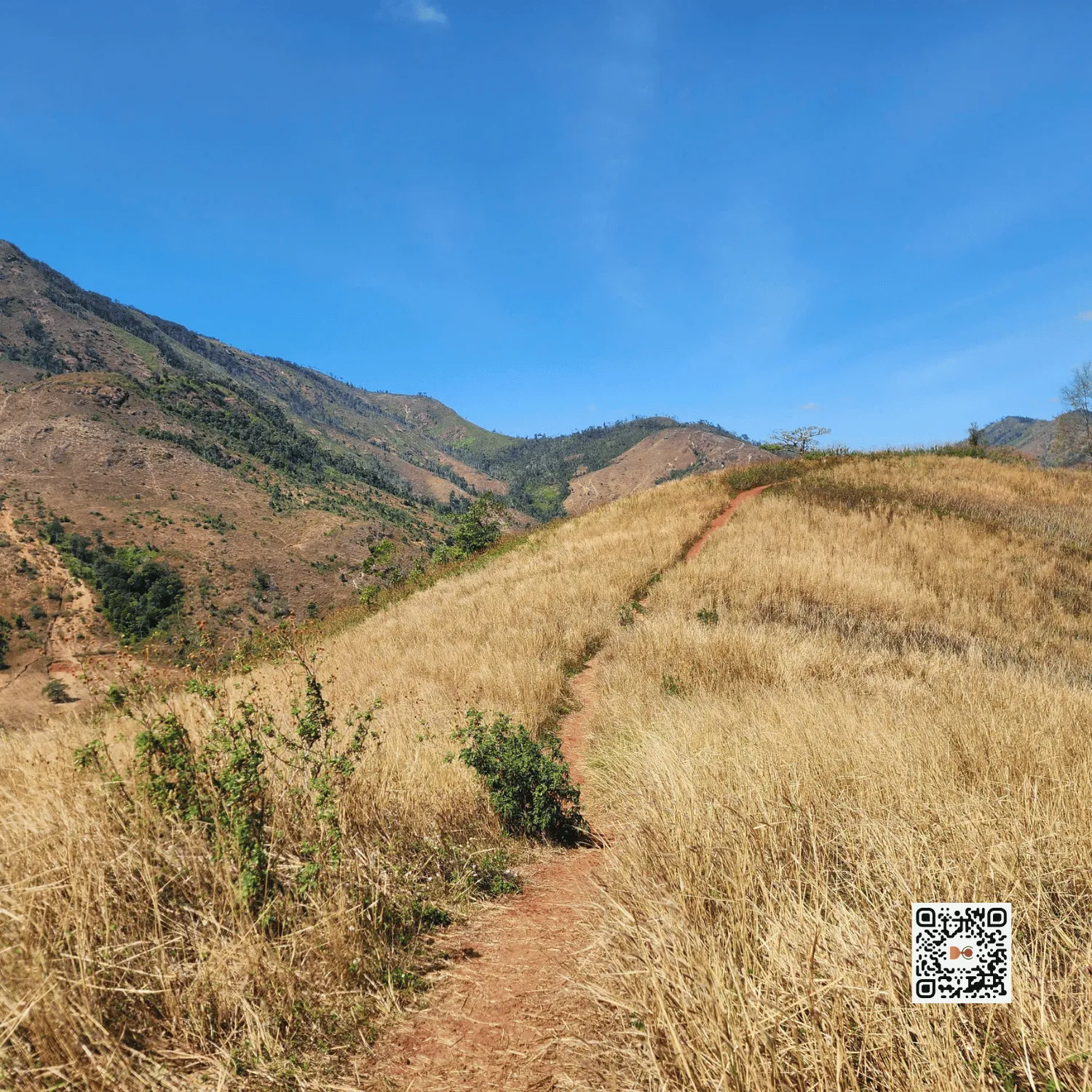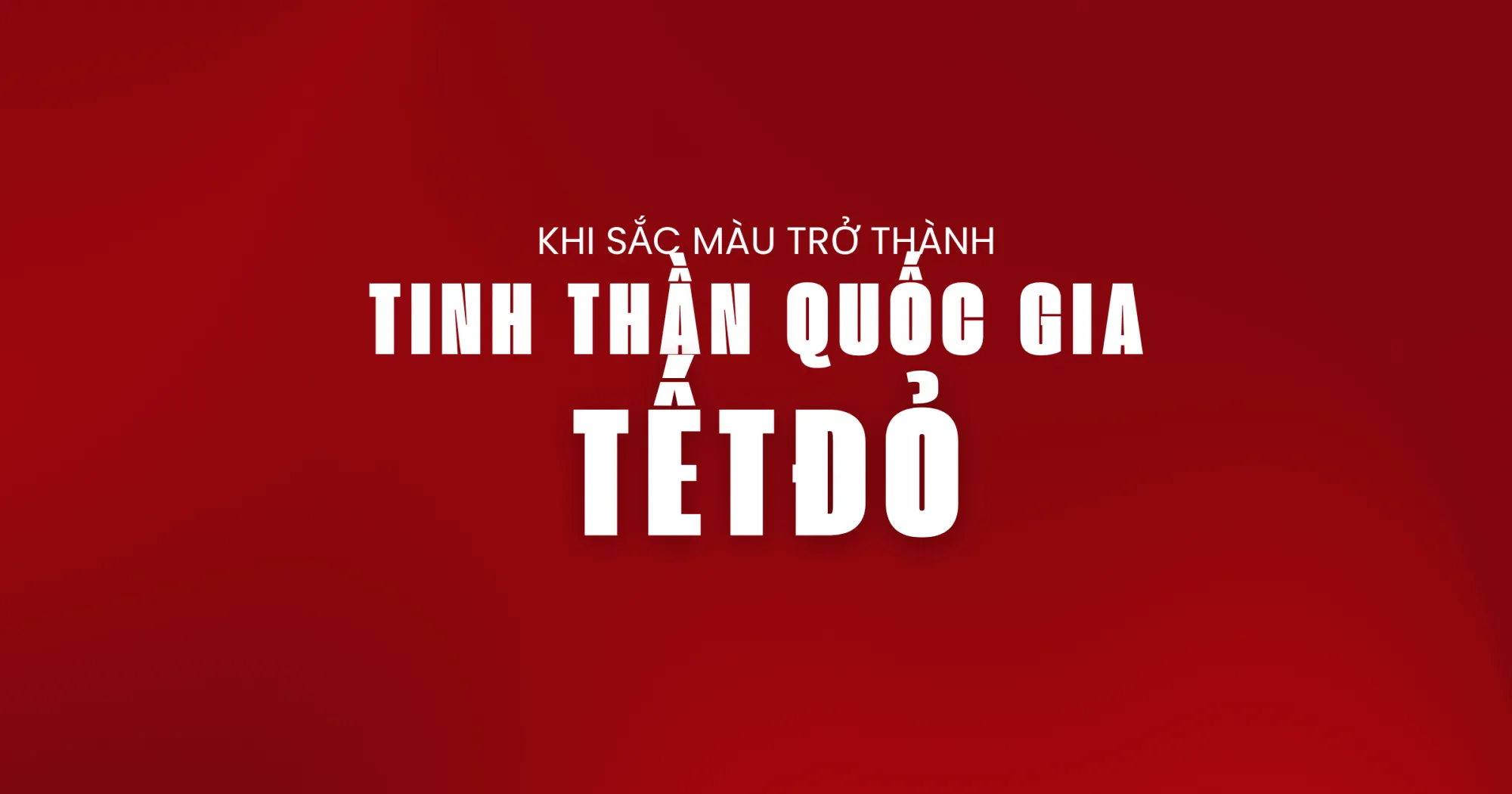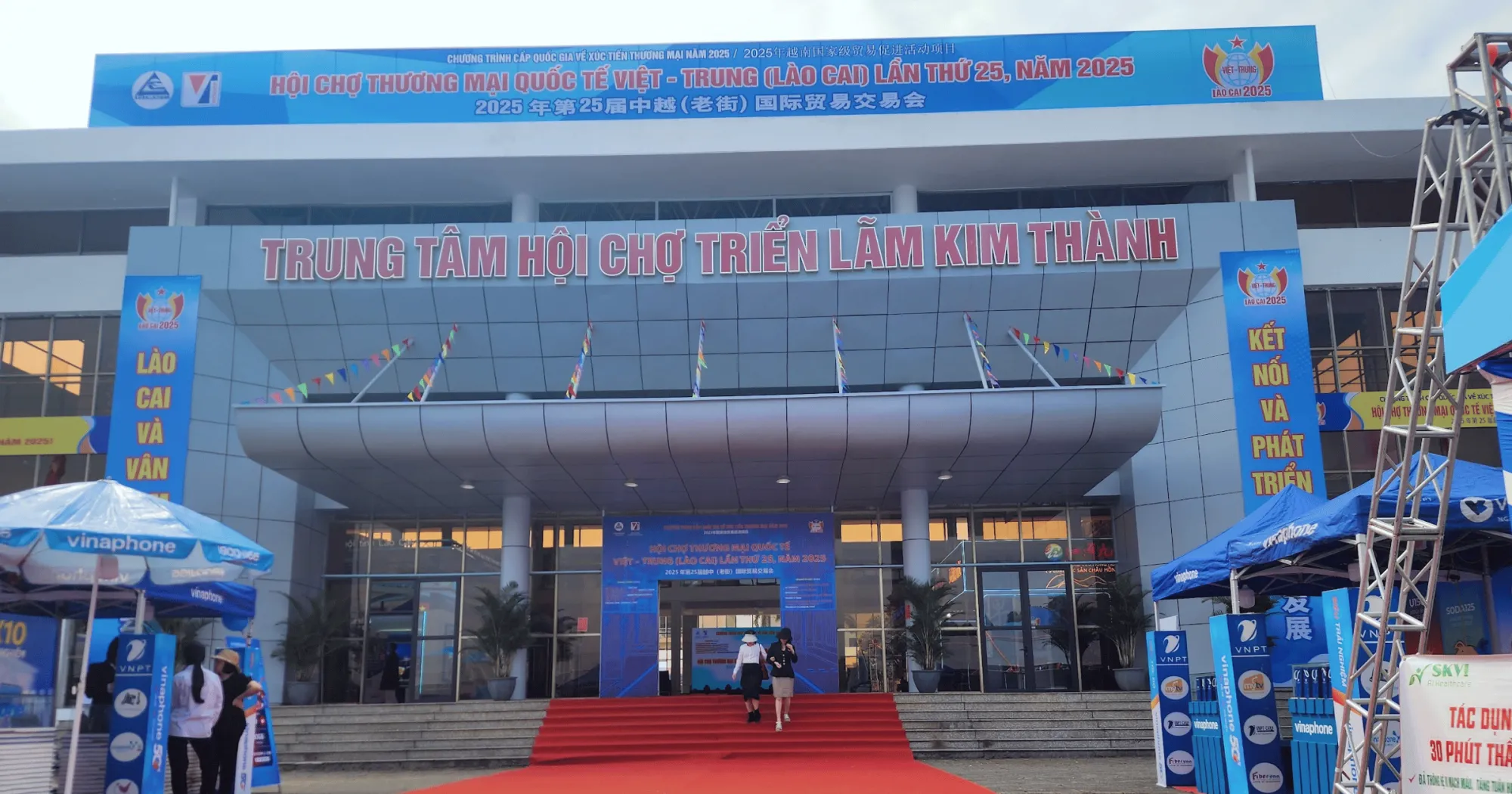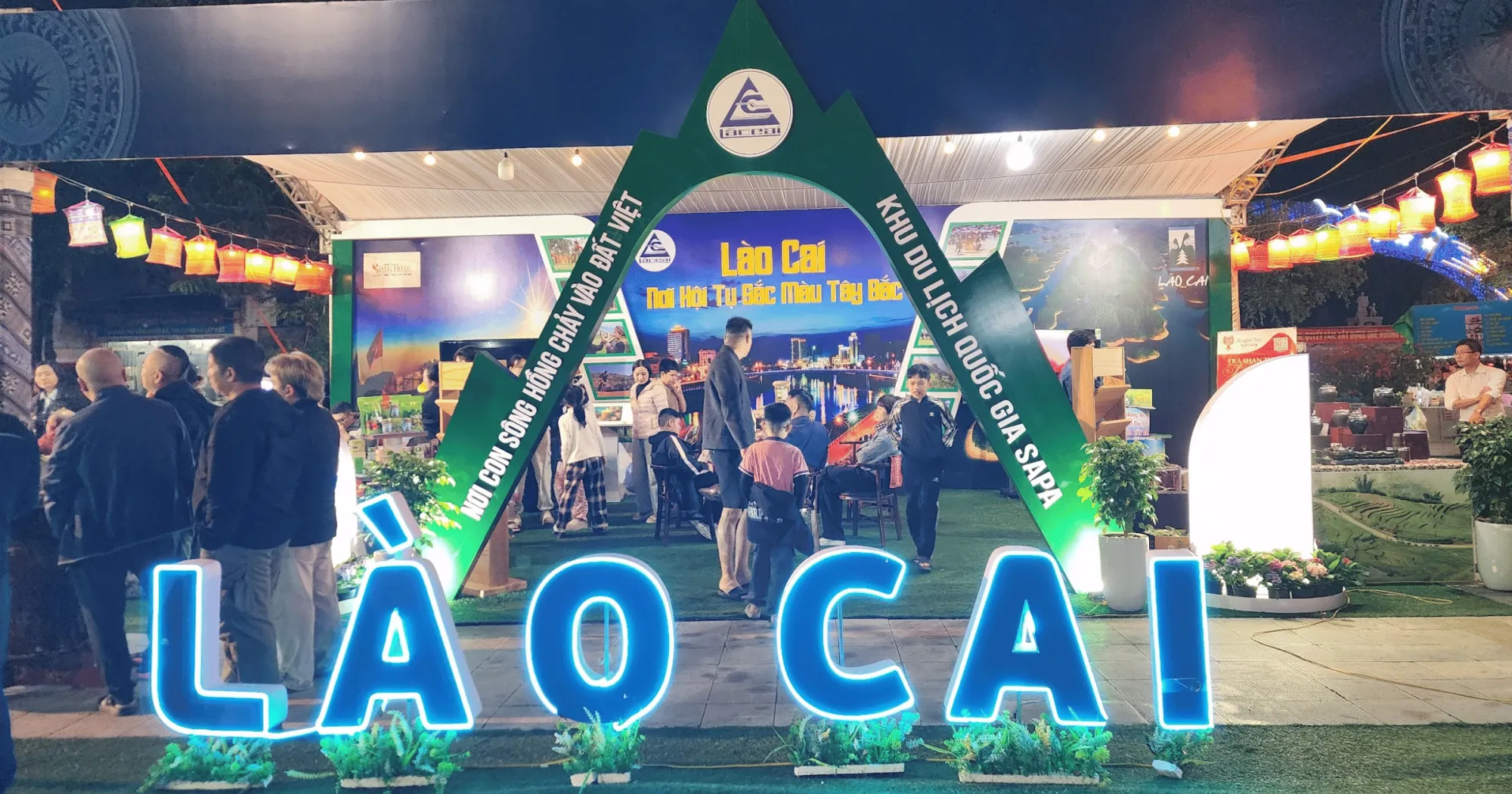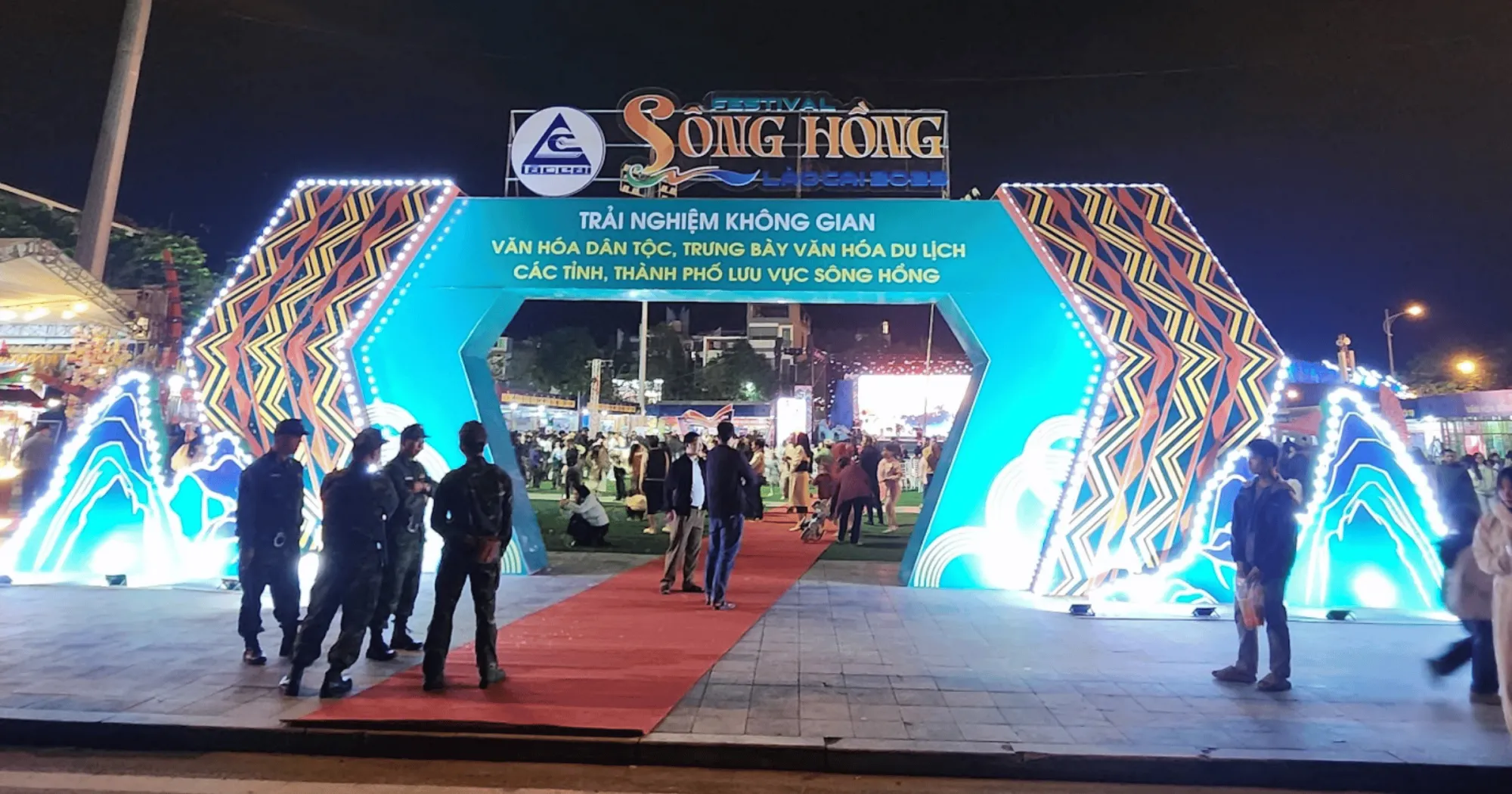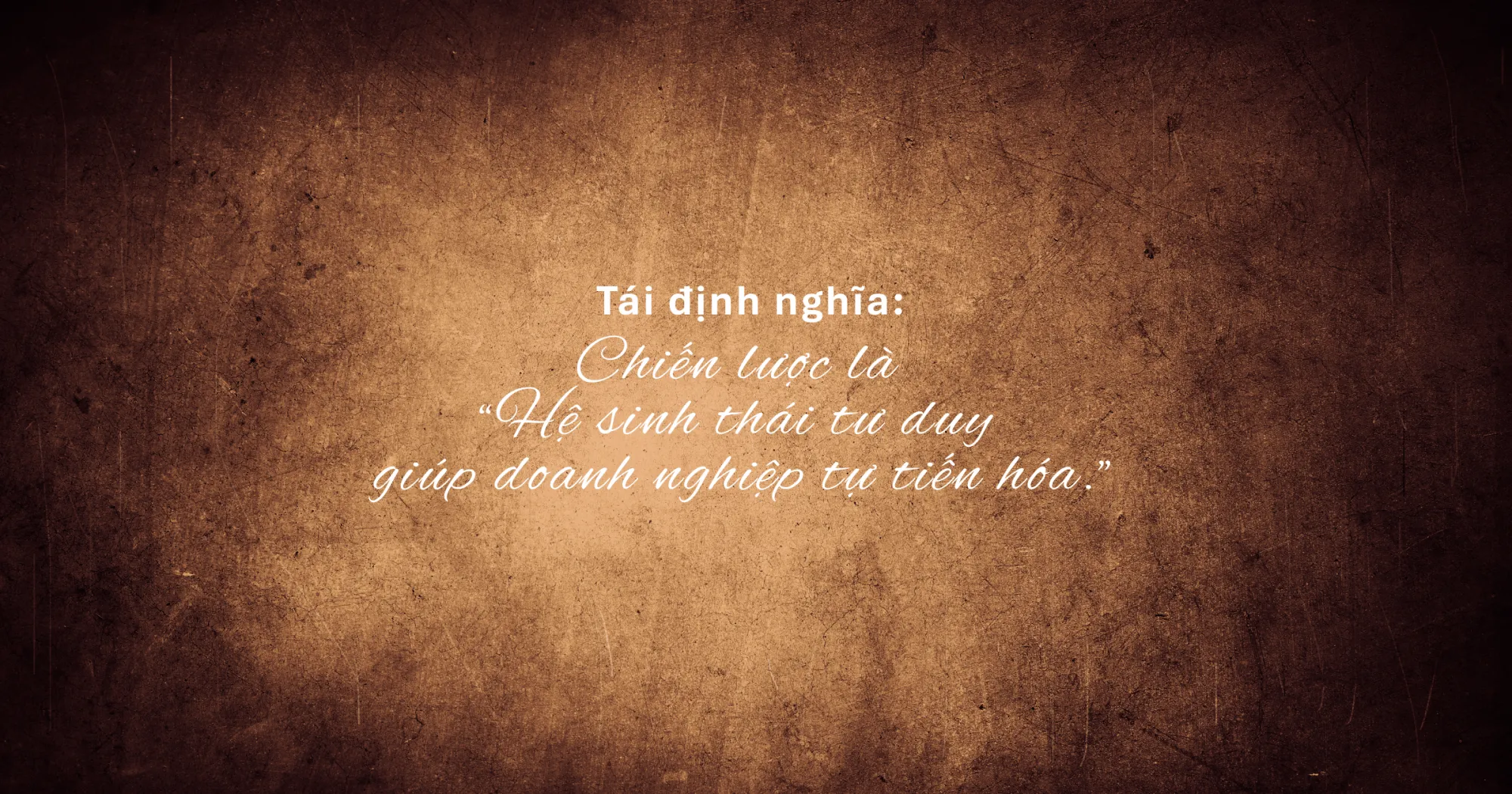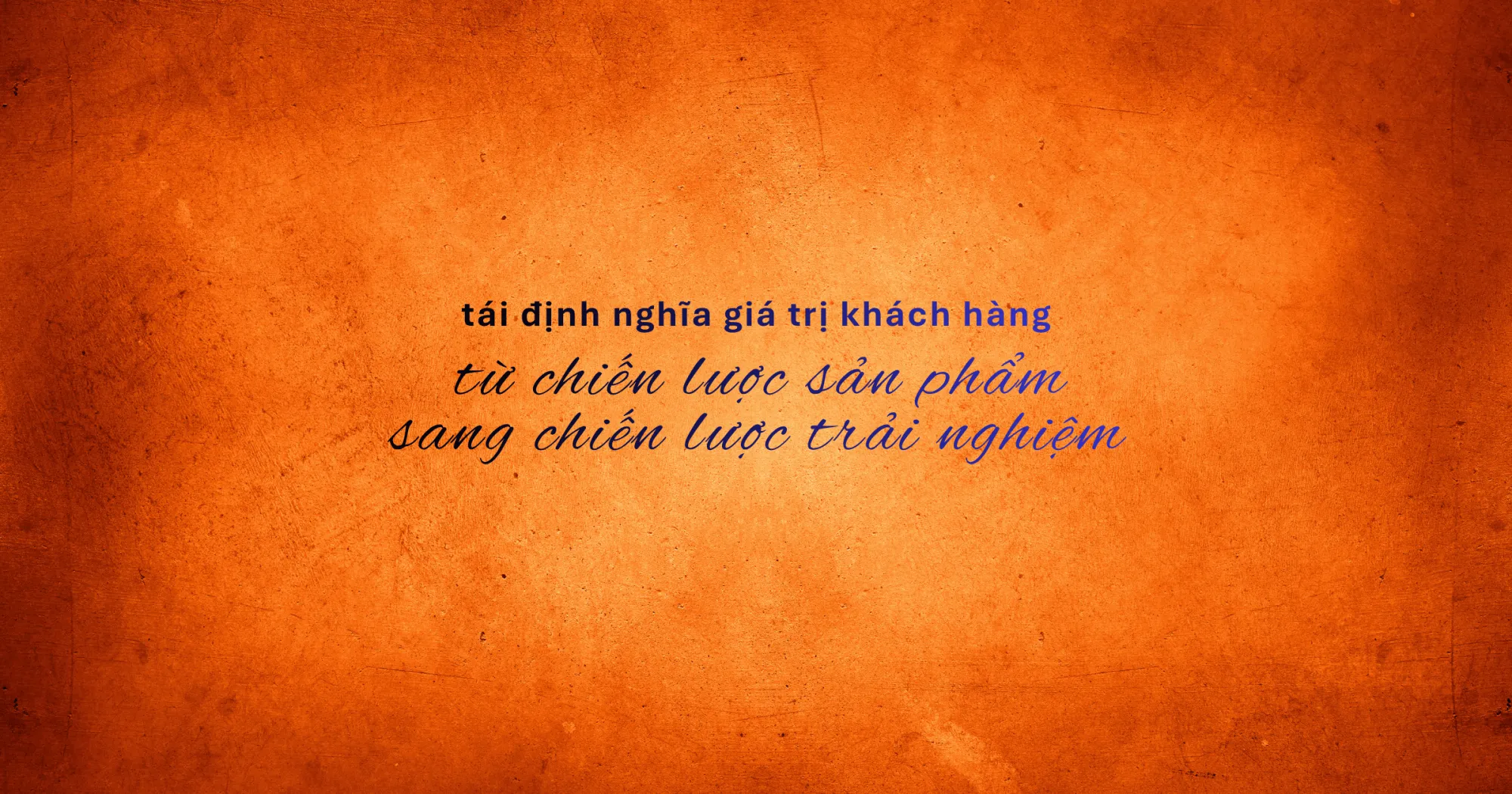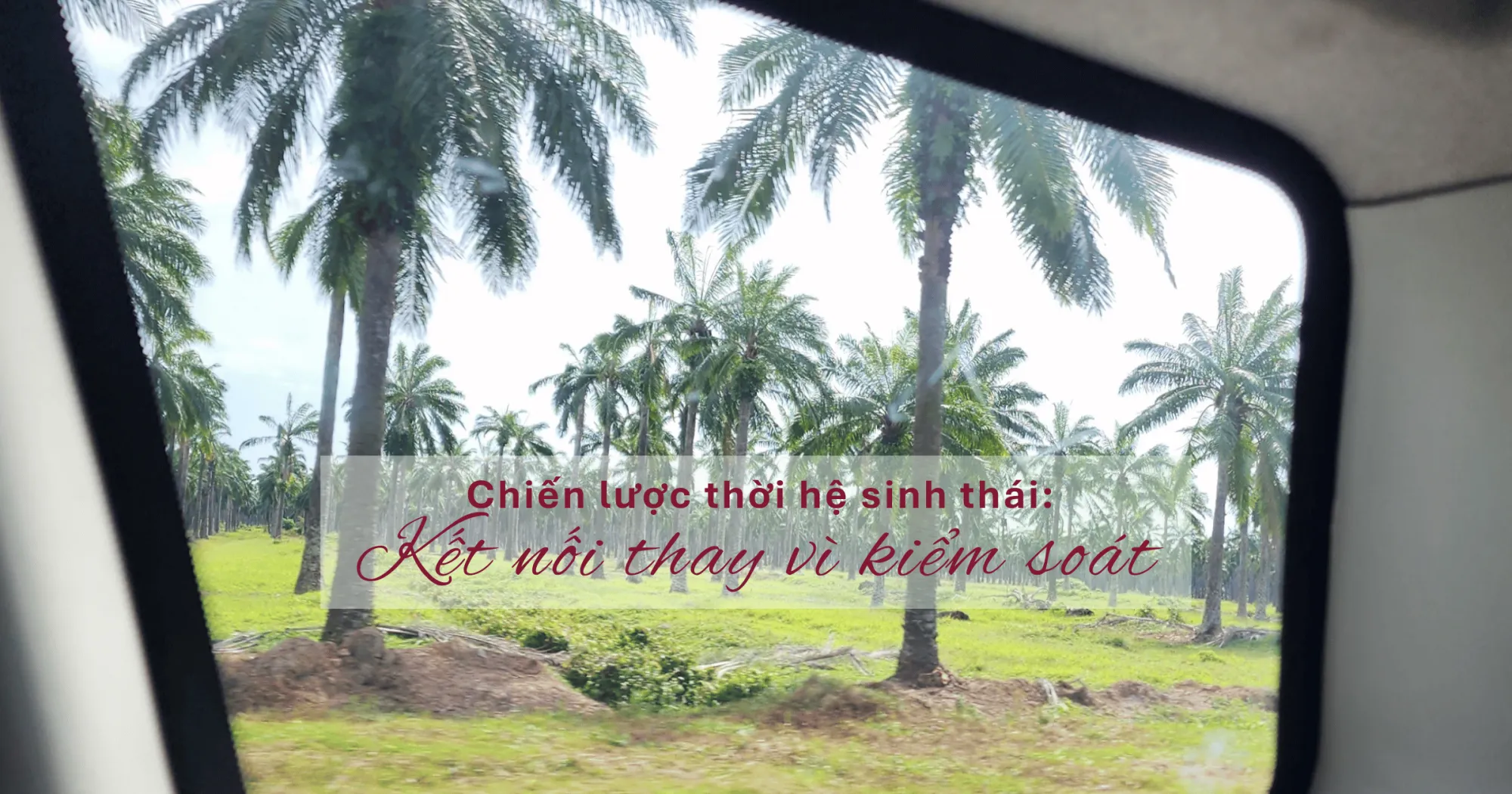Anyone can be impressed when they first see a volcano. But Chu Dang Ya volcano, a volcano that has been dormant for millions of years in the middle of Gia Lai, does not overwhelm people, but slows them down. Because what remains after a burning dream is not just ash or cooled lava, but the vestiges of a revived life, gentle, persistent and strangely beautiful in its own way.
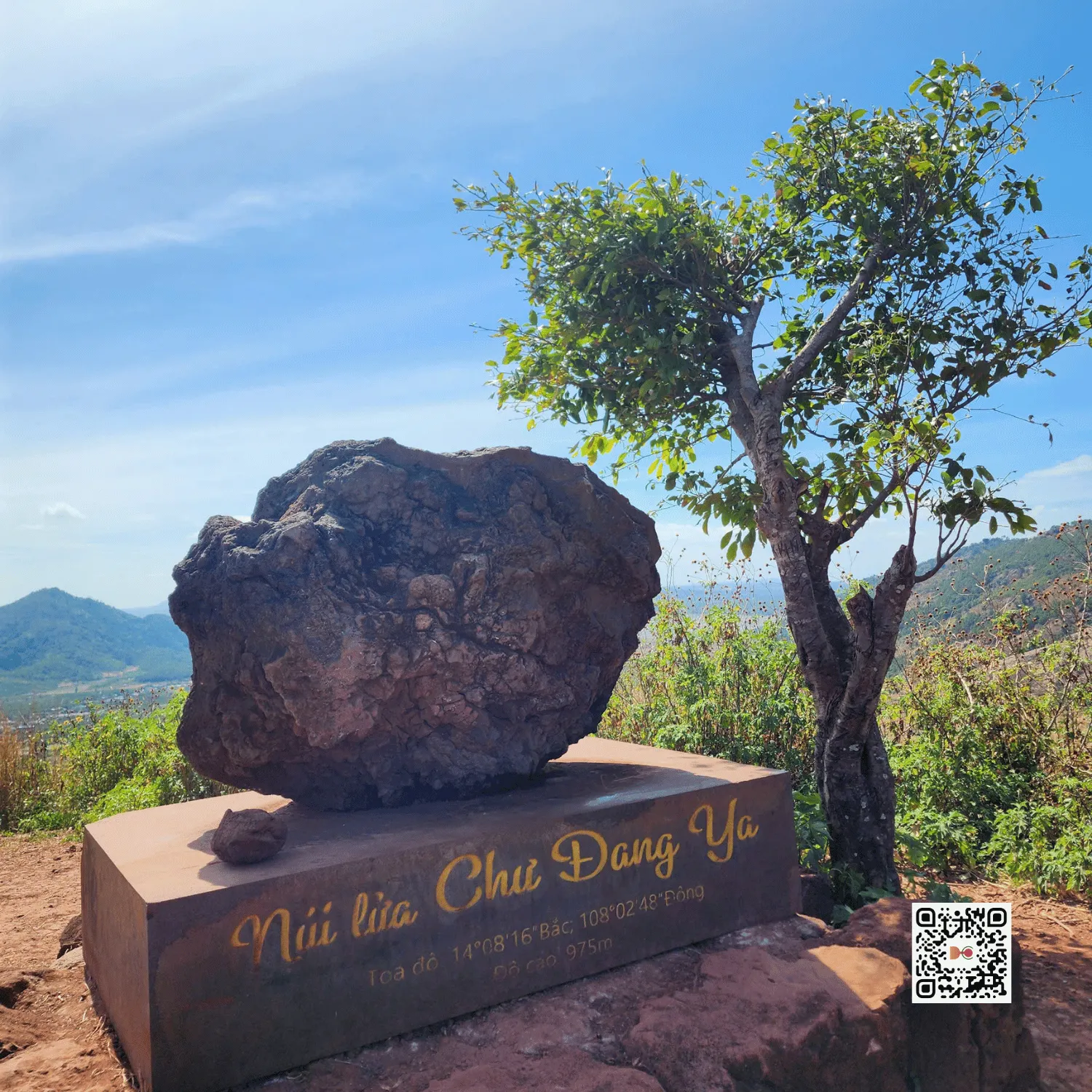
Chu Dang Ya – the fire that once burned the sky and the earth
Not everyone knows that the Central Highlands used to be a land of volcanoes. But if you come to Gia Lai on a beautiful day, turn away from Pleiku city and let the wind guide you, you will encounter Chu Dang Ya, a mountain rising in the middle of the valley like a giant clay pot, with a round mouth and strips of red basalt soil spreading down to the foot of the mountain like the folds of the skirt of a Jrai village mother sitting by the old fire.
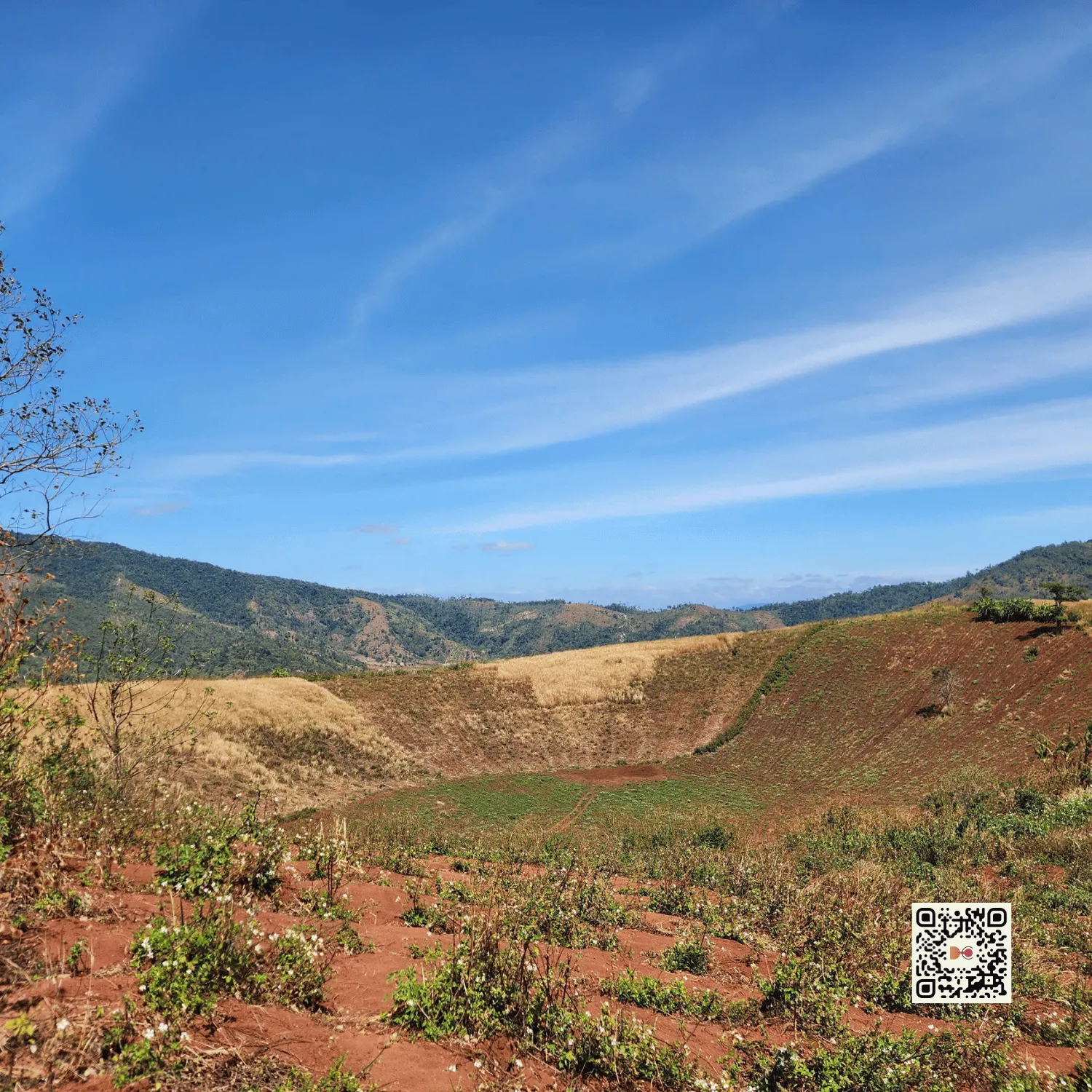
The name “Chu Dang Ya” in Jrai means “wild ginger”. Just hearing the name makes you feel rustic and familiar, like this land is wild, resilient and warm with a spicy taste hidden in its simple appearance.
Once a crater of a violent volcano, burning the sky and earth to create the most fertile basalt land in the plateau, Chu Dang Ya is now a place to grow pumpkins, sweet potatoes, corn and small dreams. Standing on the top of the mountain, looking down at the rice fields like colored squares sewn together with the sweat of farmers, people are easily stunned by a beauty that is both pristine and nurtured by human hands.
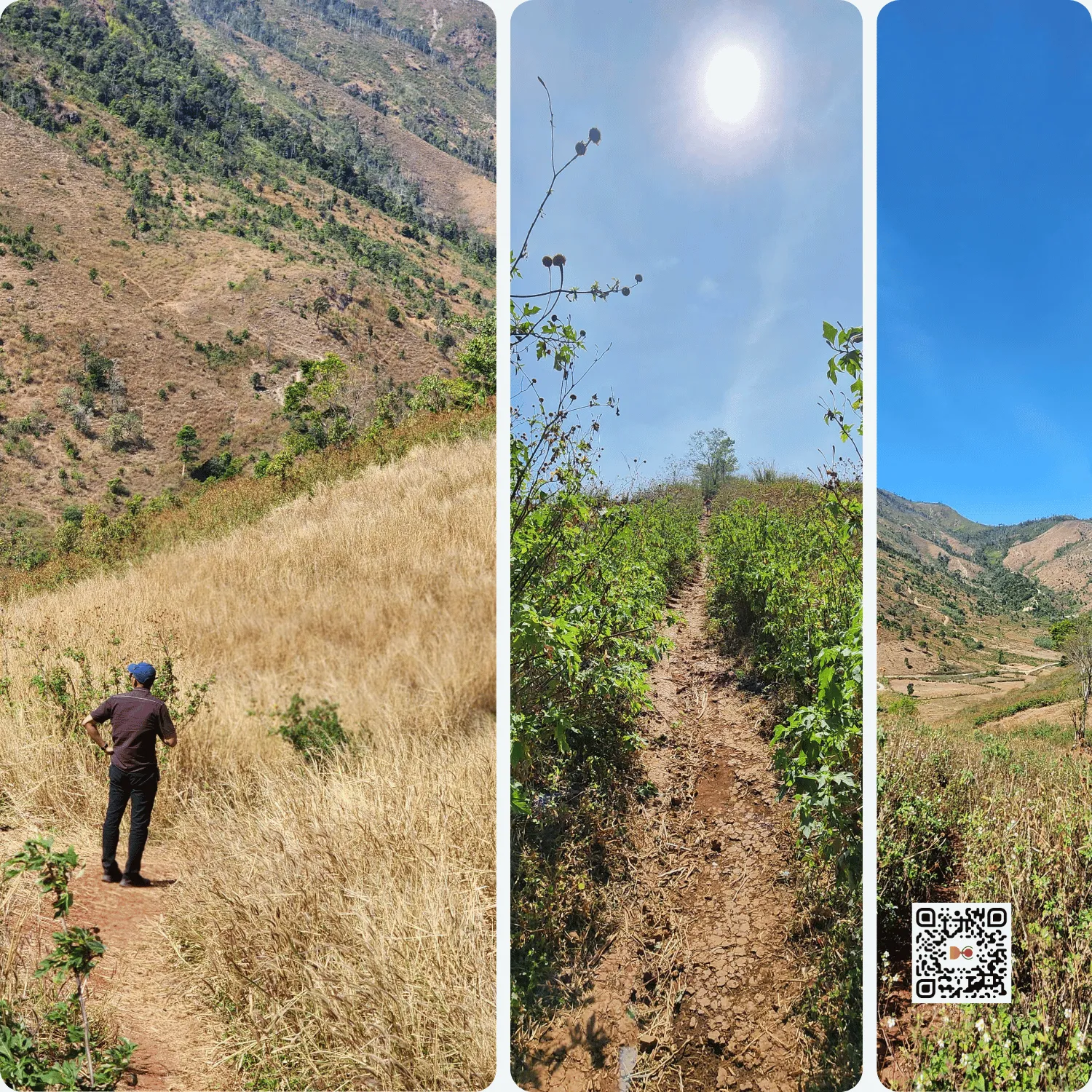
Kônia stands there – a silent witness of the fire memory
On the top of Chu Dang Ya, amidst the wind and the precarious paths, there is a silent kônia tree, not blooming with flowers or showing off its leaves. It stands there as a silent witness of time. Its roots are deeply rooted in the once molten mountain soil, its trunk is dark as if it had been through fire, its canopy is not dense but firmly spreads out as if embracing the entire rim of the sleeping mountain.

The kônia tree is not a “destination” or “check-in”, but a symbol of perseverance, of a life that is not rushed, does not need noise to assert itself. It is like the people in this land: quiet, patient, hard-working and able to live on the land that was once very fierce.
Under the shade of that kônia tree, we can sit for hours. Not needing to do anything. Just letting the wind dry the chaos in our heads. Just letting the red soil stick to our shoes and follow them all the way to the street. And who knows, a new thought will sprout like a seedling of life on the ashes.
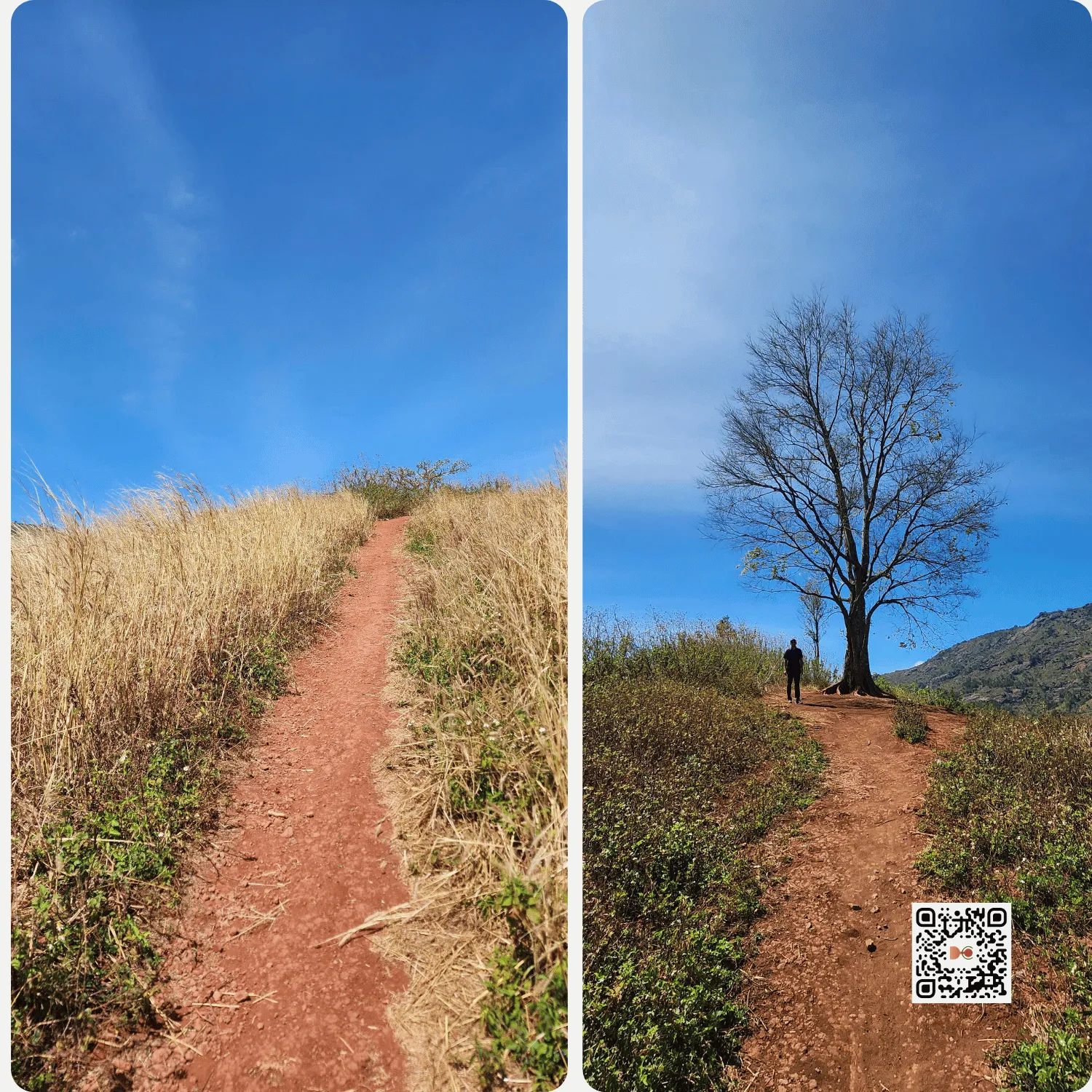
To reach the top of Chu Dang Ya volcano, there are two ways: one is to walk along the red dirt trail, climbing and breathing, stopping to admire the wildflowers growing among the rocks. The other is… to rely on very special “companions”: motorbikes that take passengers to the top. But they are not roaring motorbikes, nor professional drivers, but local women with simple motorbikes, and smiles that are never absent from their lips.
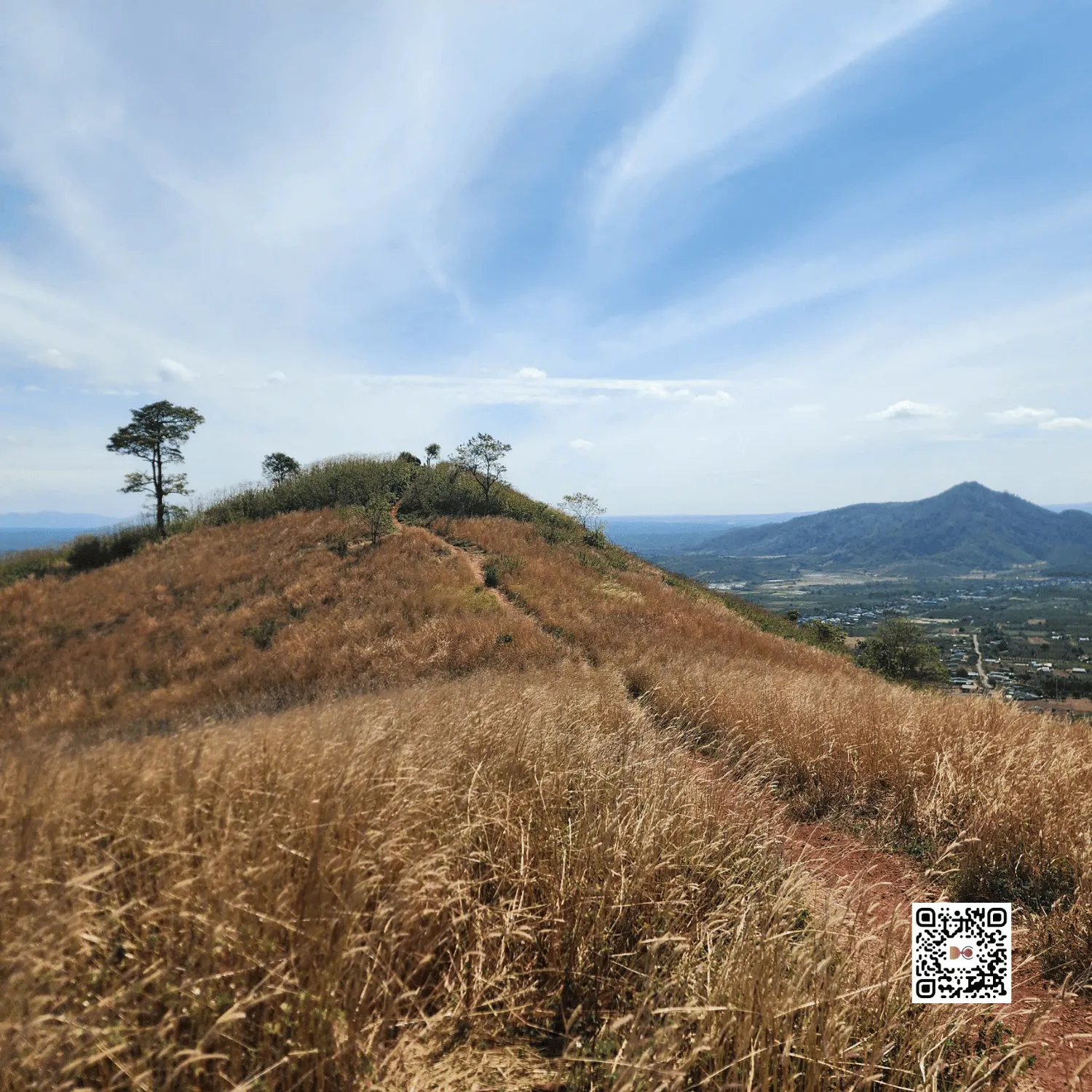
They formed a small group, no signs, no uniforms, no booking apps, just consensus. Each passenger: 50,000 VND for two-way up and down, no bargaining, no jostling. The first person to arrive is picked up first, the last person to leave is divided equally. No one fights, no one asks for more, just quiet kindness and a very “Central Highlands” culture of sharing.
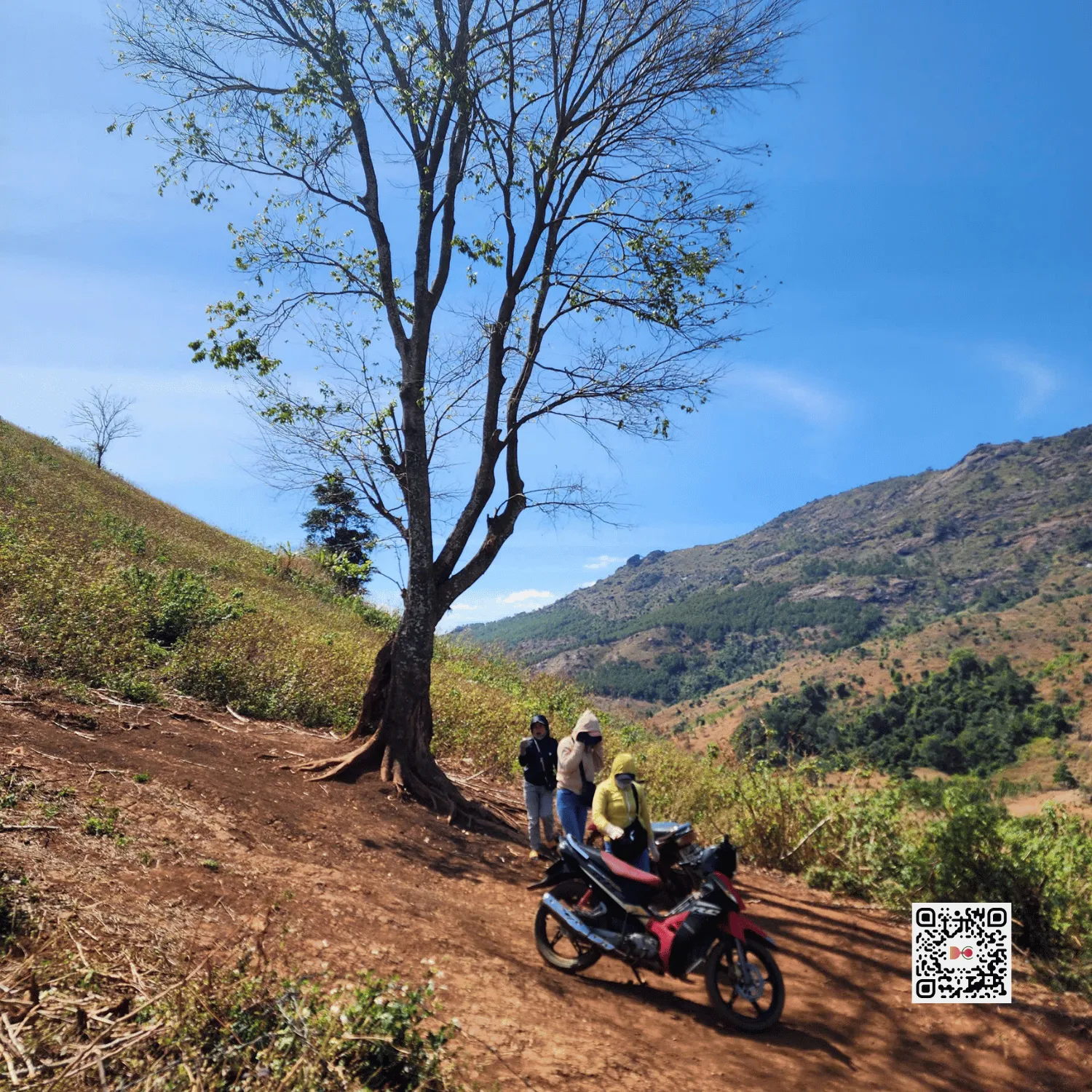
Some people will call it “local motorbike taxi service”. But in fact, the feeling of being taken to the top of Chu Dang Ya by a woman’s motorbike, when you are sometimes twice her size, is not like a transaction. It is almost like being led to the field by an older sister, who drives and tells you how long they have been doing this service, how it is, how many trips they have made today, how it is in the rainy season, how it is in the dry season… The story is as if to trick you into seeing the hands straining on the motorbike handlebars, the small, bumpy slope, many sections almost standing still….
A short journey, but a long lesson in symbiosis, in how people live together, share their meals and their fatigue.
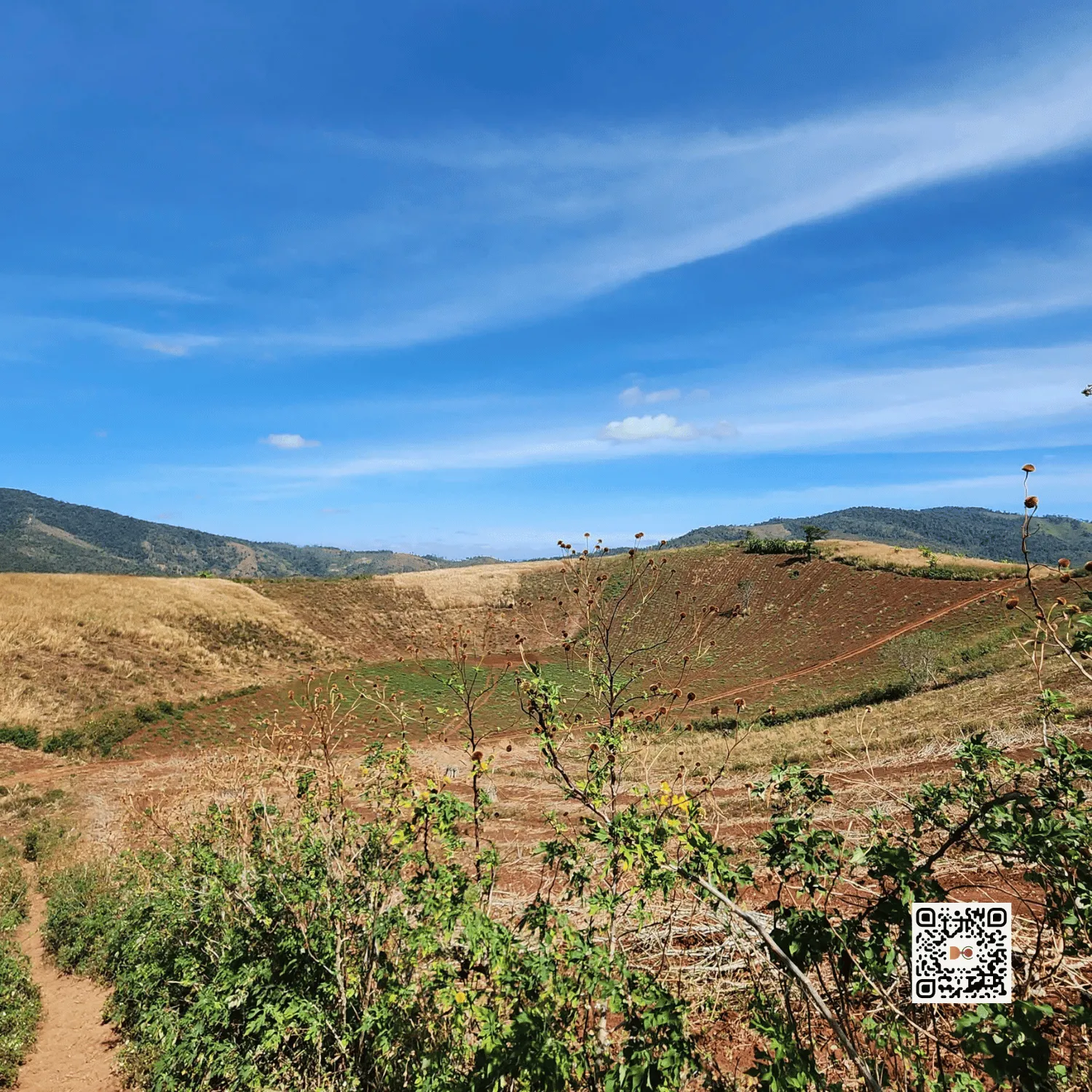
What remains and what we realize
Perhaps, the greatest experience when visiting a volcano is not the feeling of conquest, but of awakening. Chu Dang Ya does not teach us about the dangers of nature but teaches us about the ability to revive everything that seems to have ended.
The red basalt soil used to be lava. The fields used to be fire pits. Today’s pumpkin-laden seasons used to be places of burning. And from there, we understand that: breakdown is not the end. Each area of fire that passes through, if it is settled, can become good land for the next season.
And perhaps, we ourselves, people with cracks, with the pain of the past, also need “Chu Dang Ya” areas in our hearts. To learn how to live on. To know how to be reborn.

The fire is no longer burning, but still smoldering in the land and people
The Chu Dang Ya volcano has gone out. But the fire in the land still burns silently into life. The fire in the person does not need to be bright, just warm enough to not forget that we were once strong.
And when we leave there, letting the dust stick to our shoes, letting the cold of the highland wind linger on our sleeves, we may not bring back any beautiful photos… but we bring back a silence deep enough to continue living, in the gentlest way possible.
